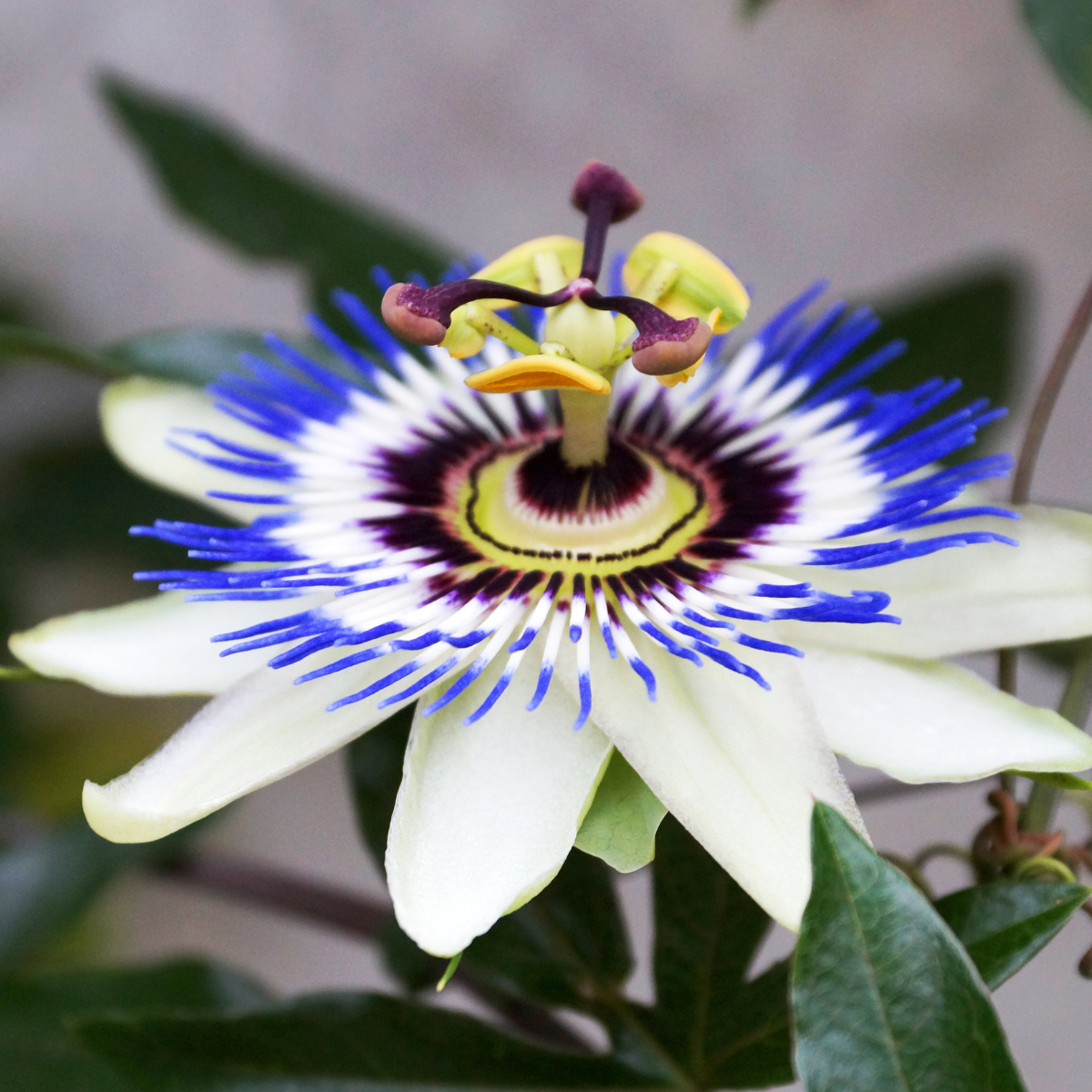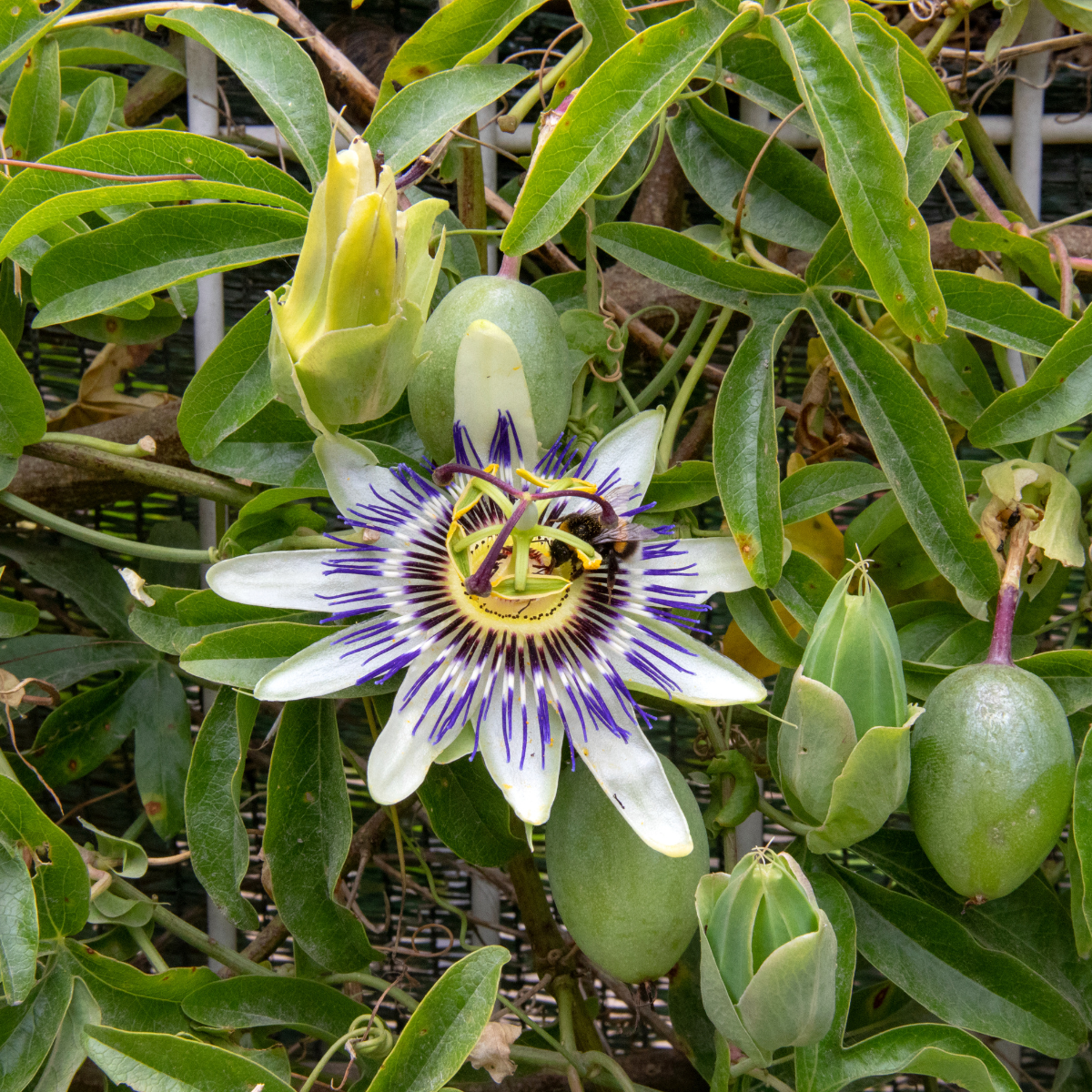Blue passion flowers, also known as Passiflora caerulea, are captivating not only for their vibrant hues and intricate structures but also for their rich history and symbolism. This guide will delve into various aspects of these fascinating flowers, from their origins and varieties to their uses in gardening and cultural significance.
Table of Contents
- The History and Symbolism of Blue Passion Flowers
- Types and Varieties of Blue Passion Flowers
- Growing and Caring for Blue Passion Flowers
- The Unique Characteristics of Blue Passion Flowers
- Uses of Blue Passion Flowers in Landscaping and Gardening
- The Benefits of Blue Passion Flowers for Pollinators
- Blue Passion Flowers in Art and Literature
- Interesting Facts and Myths about Blue Passion Flowers
- Conclusion: The Enduring Allure of Blue Passion Flowers
The History and Symbolism of Blue Passion Flowers
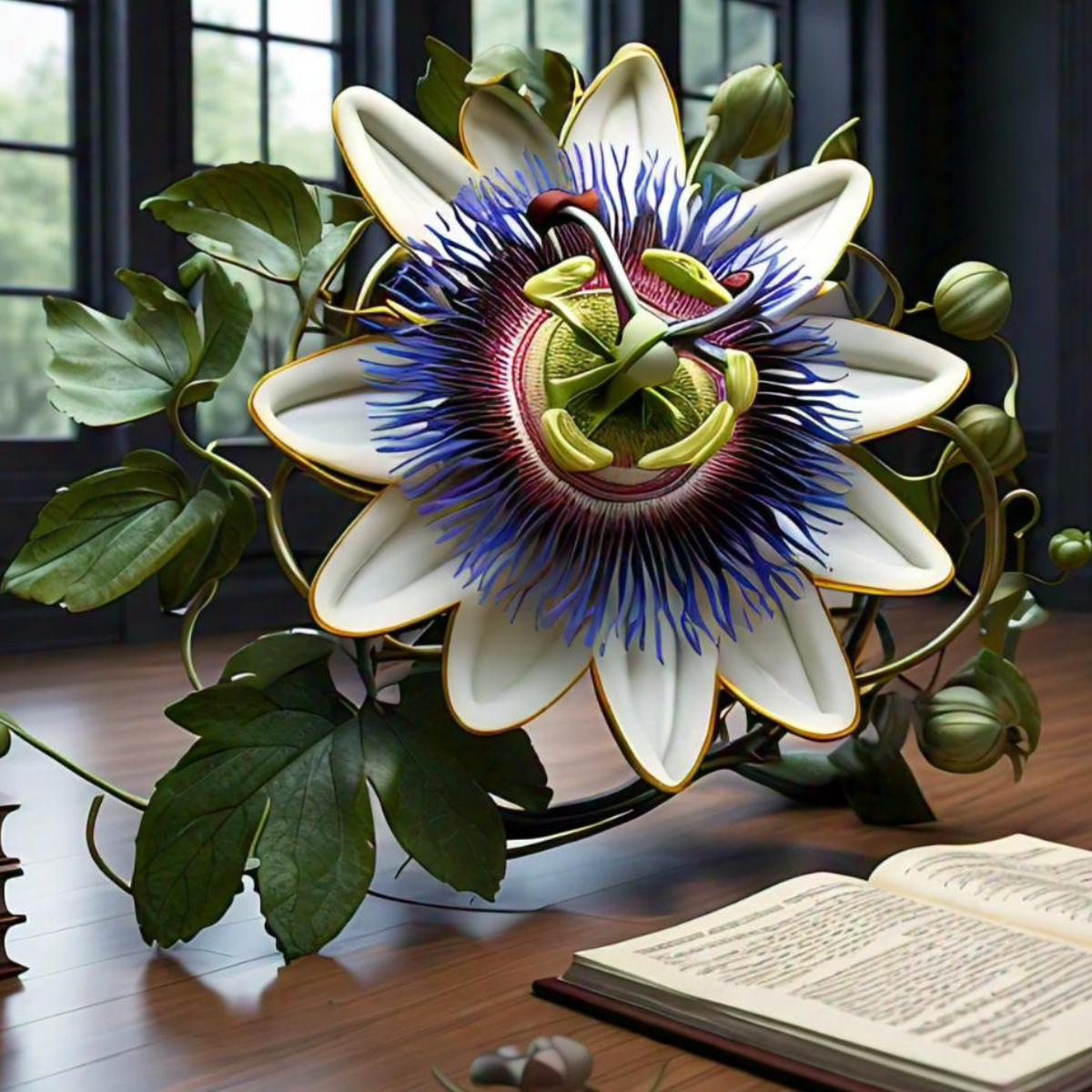
A Glimpse into the Past
The blue passion flower, or Passiflora caerulea, was first discovered by Spanish missionaries in South America during the 16th century. These missionaries were struck by the flower's unique structure and interpreted it as a symbol of the Passion of Christ. They saw the ten petals and sepals as representing the ten faithful apostles, while the intricate corona symbolized the Crown of Thorns.
Symbolism Across Cultures
While deeply rooted in Christian symbolism, blue passion flowers also hold significance in other cultures. They are often seen as symbols of faith, spirituality, and healing. The flower's complex beauty makes it a representation of nature's intricacy and resilience.
Types and Varieties of Blue Passion Flowers
.png)
Popular Varieties
Blue passion flowers belong to a larger genus, Passiflora, which includes over 500 species. Among these, Passiflora caerulea stands out for its striking blue and white blooms. Here are some popular varieties:
- Passiflora caerulea 'Constance Elliott': Known for its pure white flowers, this variety adds an elegant touch to gardens.
- Passiflora 'Amethyst': This hybrid boasts beautiful purple flowers, adding a vibrant splash of color.
- Passiflora 'Clear Sky': Featuring large, sky-blue flowers, this variety is renowned for its vigorous growth and hardiness.
Lesser-Known Varieties
Exploring beyond the popular choices, you can find equally stunning yet less common varieties:
- Passiflora caerulea 'Blue Bouquet': Produces clusters of blue flowers, perfect for creating a lush floral canopy.
- Passiflora 'Incense': Notable for its deep purple flowers and intense fragrance, often used in perfumery.
Growing and Caring for Blue Passion Flowers
Ideal Growing Conditions
Blue passion flowers thrive in well-drained soil with a pH level between 6.5 and 7.5. They prefer full sun but can tolerate partial shade. Suitable for USDA zones 6-10, these plants can adapt to a variety of climates.
Planting Tips
To plant blue passion flowers successfully, follow these steps:
- Soil Preparation: Enrich the soil with compost or organic matter to improve drainage and fertility.
- Planting Depth: Plant the seeds or seedlings at the same depth as they were in their nursery pots.
- Spacing: Space the plants 3-5 feet apart to allow for ample growth.
Watering and Fertilizing
Regular watering is essential, especially during the growing season. Water deeply once a week, ensuring the soil stays moist but not waterlogged. Apply a balanced, slow-release fertilizer in the spring to encourage healthy growth and flowering.
Pruning and Maintenance
Prune blue passion flowers in late winter or early spring to remove dead or diseased branches and promote new growth. Training the vines on a trellis or support structure can help manage their vigorous growth and enhance their ornamental appeal.
The Unique Characteristics of Blue Passion Flowers
Structural Beauty
The blue passion flower is celebrated for its intricate structure. It typically has five petals and five sepals, often tinged with blue or purple. The corona, a ring of filaments, creates a halo-like effect around the central floral parts, adding to its allure.
Unique Adaptations
These flowers have evolved unique adaptations to thrive in their native environments. Their tendrils help them climb and spread, reaching sunlight in dense forests. The flowers’ bright colors and complex structures attract pollinators, ensuring successful reproduction.
Uses of Blue Passion Flowers in Landscaping and Gardening
Ornamental Uses
Blue passion flowers are prized for their ornamental value. They can be grown on trellises, fences, and arbors, creating stunning floral displays. Their rapid growth and climbing habit make them ideal for covering unsightly structures or creating privacy screens.
Companion Planting
In companion planting, blue passion flowers can attract beneficial insects and pollinators to the garden. They pair well with other climbing plants, adding texture and depth to the landscape.
The Benefits of Blue Passion Flowers for Pollinators
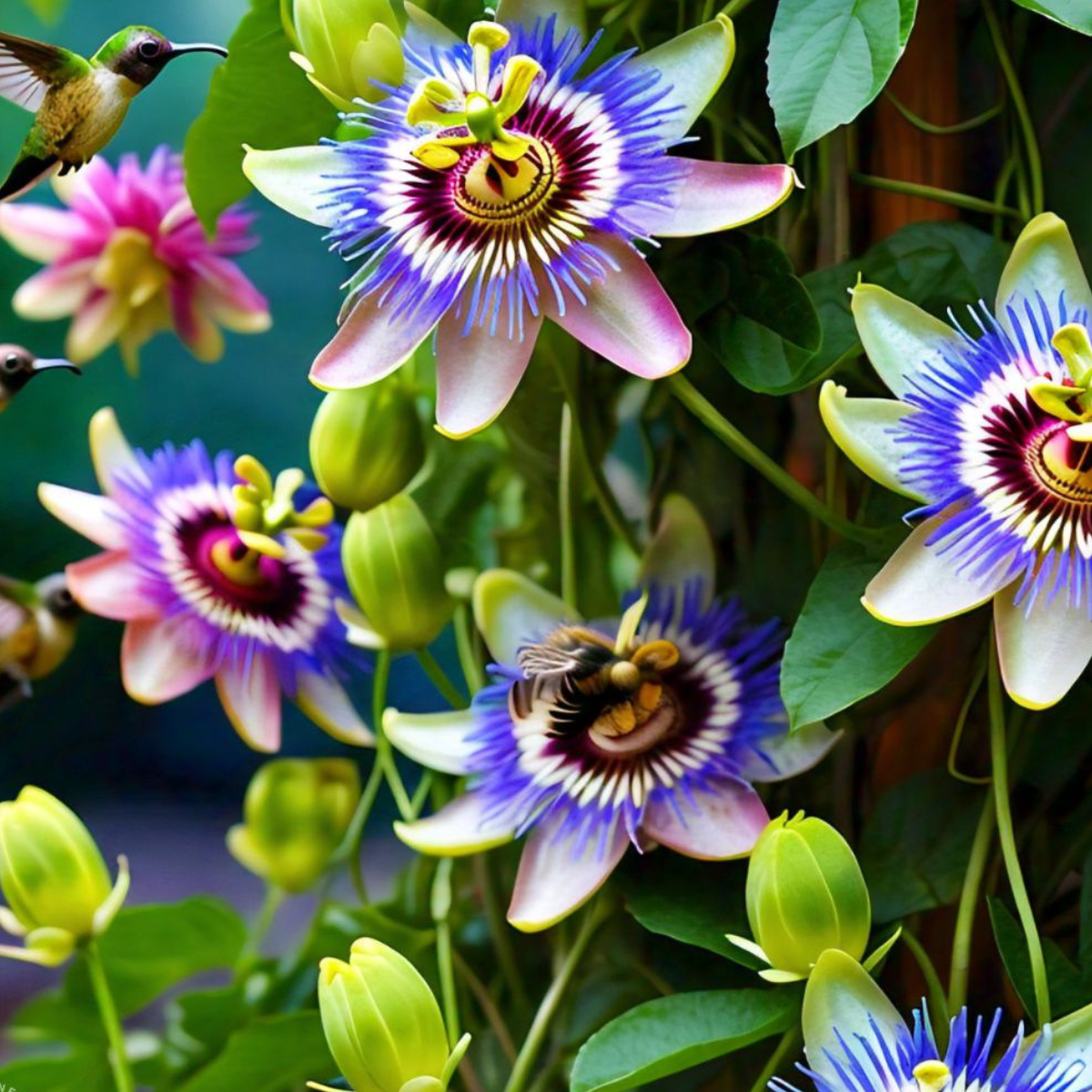
Attracting Bees and Butterflies
Blue passion flowers are a magnet for bees and butterflies. Their vibrant colors and sweet nectar attract these pollinators, which are crucial for the plant's reproduction. By planting blue passion flowers, gardeners can support local pollinator populations and promote biodiversity.
Habitat and Food Source
In addition to providing nectar, blue passion flowers offer habitat and food sources for various pollinators. The leaves are a food source for the larvae of several butterfly species, making the plants an essential part of their life cycle.
Blue Passion Flowers in Art and Literature
Artistic Representation
Throughout history, blue passion flowers have inspired artists and writers. Their intricate design and vibrant colors make them a popular subject in paintings, textiles, and other forms of art. Artists often use the flower's unique structure to explore themes of nature, beauty, and complexity.
Literary Symbolism
In literature, blue passion flowers symbolize passion, suffering, and redemption. They appear in poetry and prose as metaphors for deep emotions and spiritual experiences. Their association with the Passion of Christ adds layers of meaning to their literary representation.
Interesting Facts and Myths about Blue Passion Flowers
Fascinating Facts
- Medicinal Uses: Blue passion flowers have been used in traditional medicine for their calming and sedative properties. They are often used to treat anxiety and insomnia.
- Edible Fruit: The fruit of some blue passion flower varieties is edible and can be used in desserts, beverages, and jams.
Myths and Legends
According to legend, the blue passion flower was created by a deity to symbolize the suffering and sacrifice of Christ. Another myth suggests that the flower's intricate structure was a divine creation to remind humanity of the interconnectedness of life and nature.
Conclusion: The Enduring Allure of Blue Passion Flowers
Blue passion flowers, or Passiflora caerulea, continue to captivate and inspire with their unique beauty, rich history, and diverse uses. From their symbolic meanings to their practical applications in gardening and landscaping, these flowers hold a special place in the hearts of many. Whether you're an avid gardener, an artist, or someone who appreciates the wonders of nature, the blue passion flower is a testament to the enduring allure of the natural world.
Buy Blue Passion Flowers Online
Enhance your garden with the stunning and exotic Blue Passion Flowers available at paudhewale.com. These unique flowers, known for their striking blue and white petals, add a touch of elegance and intrigue to any outdoor space. At paudhewale.com., you can conveniently purchase healthy and vibrant Blue Passion Flowers that will thrive in your garden. Our easy online ordering process ensures that your chosen plants are delivered right to your doorstep, ready to plant and enjoy. Transform your garden with the captivating beauty of Blue Passion Flowers by shopping at paudhewale.com. today.

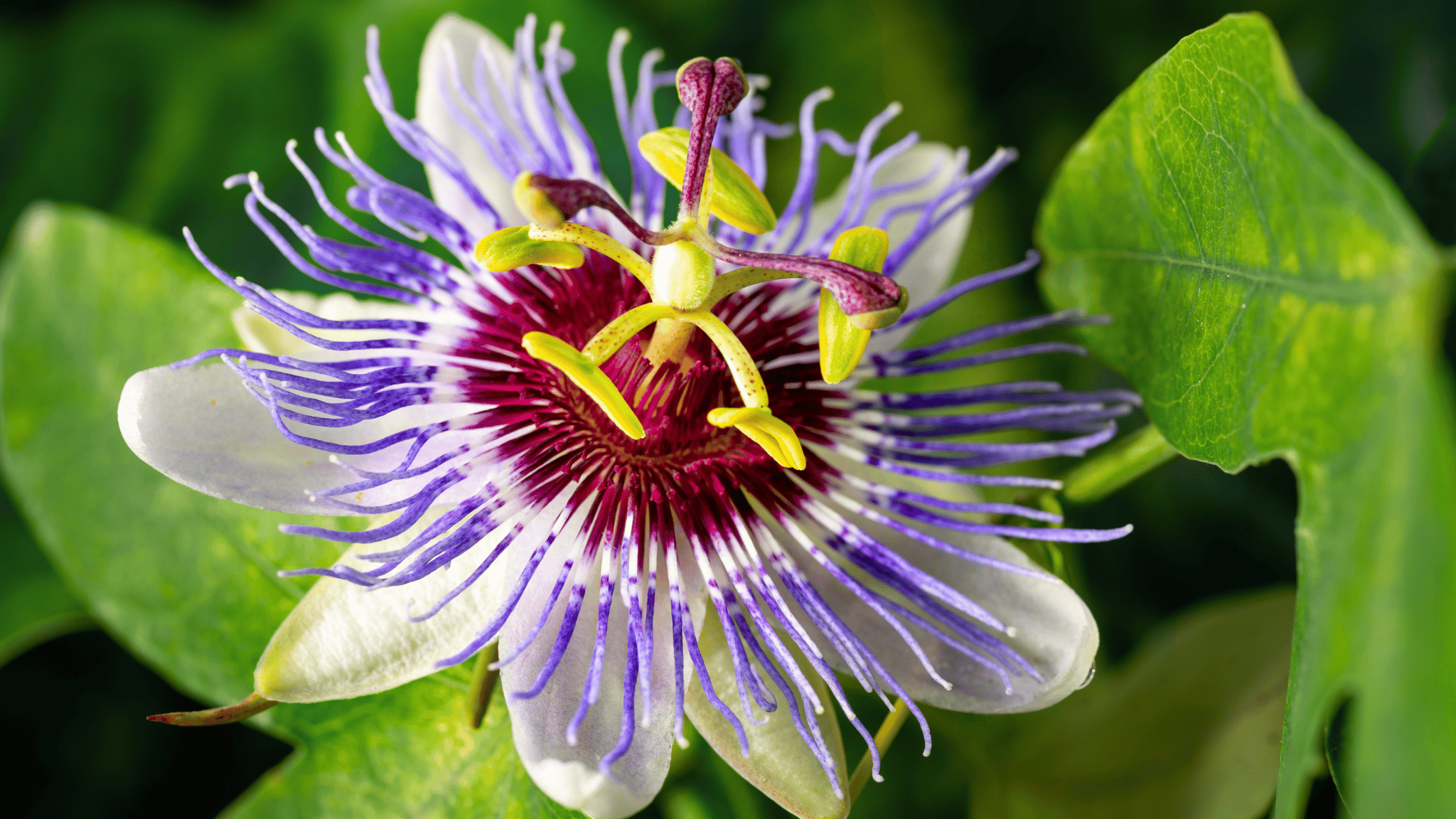
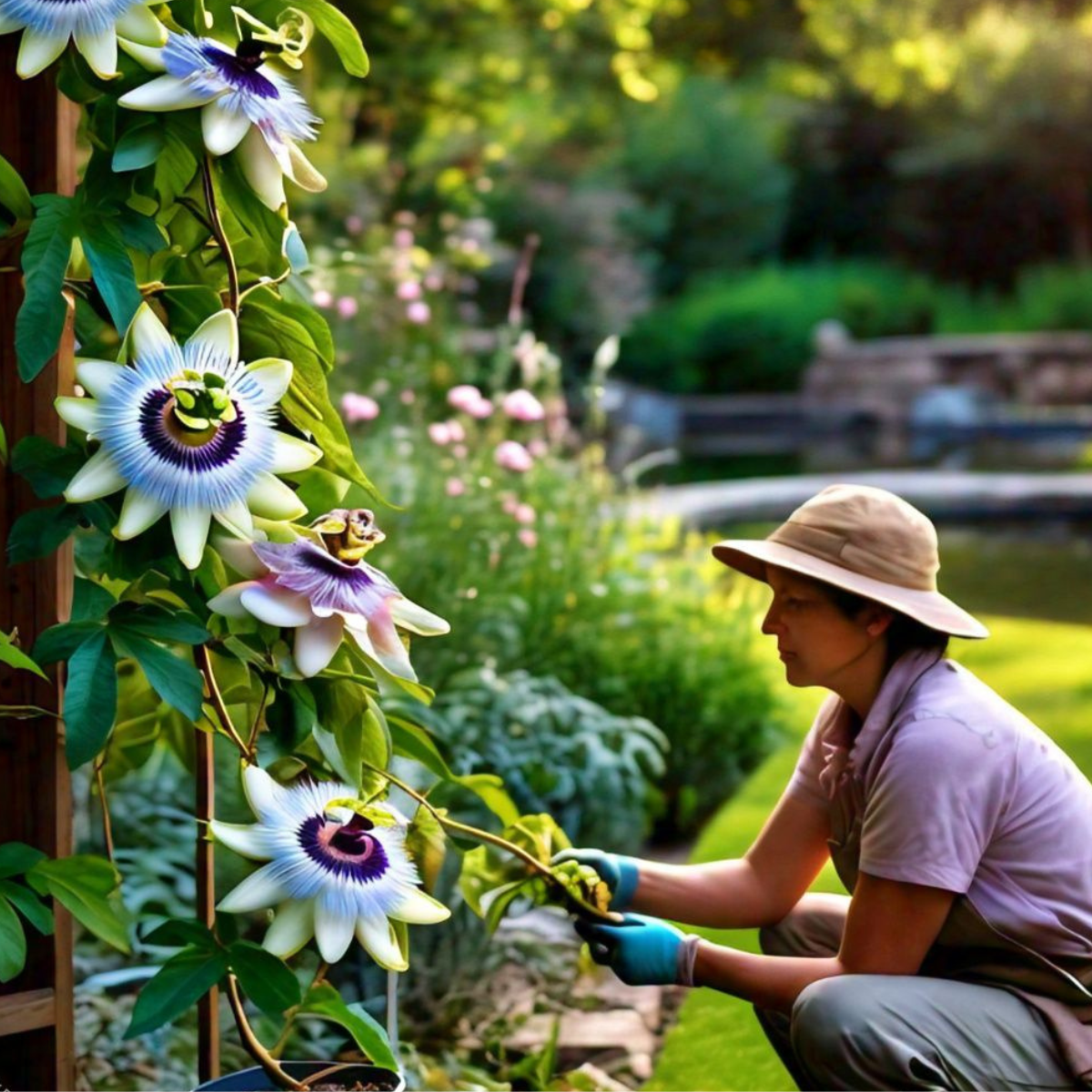
.png)
